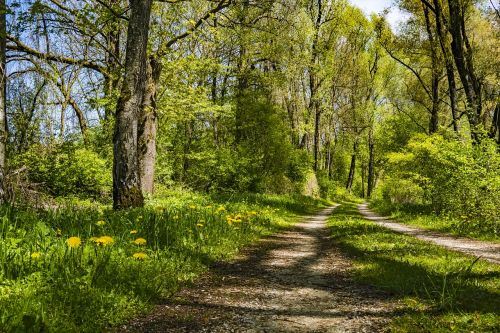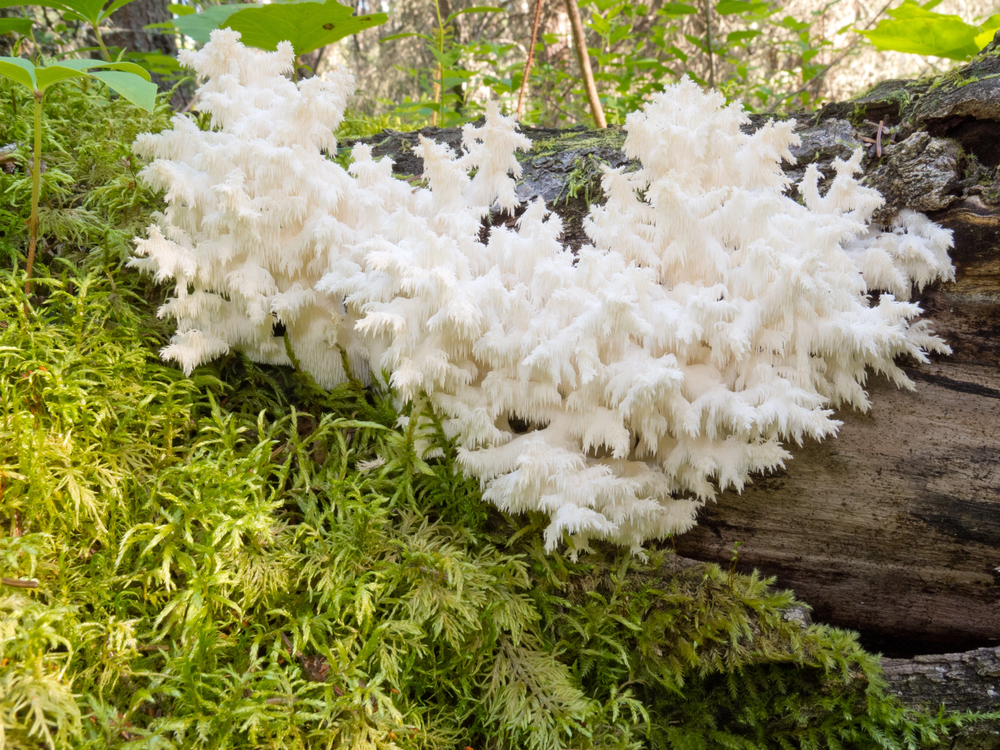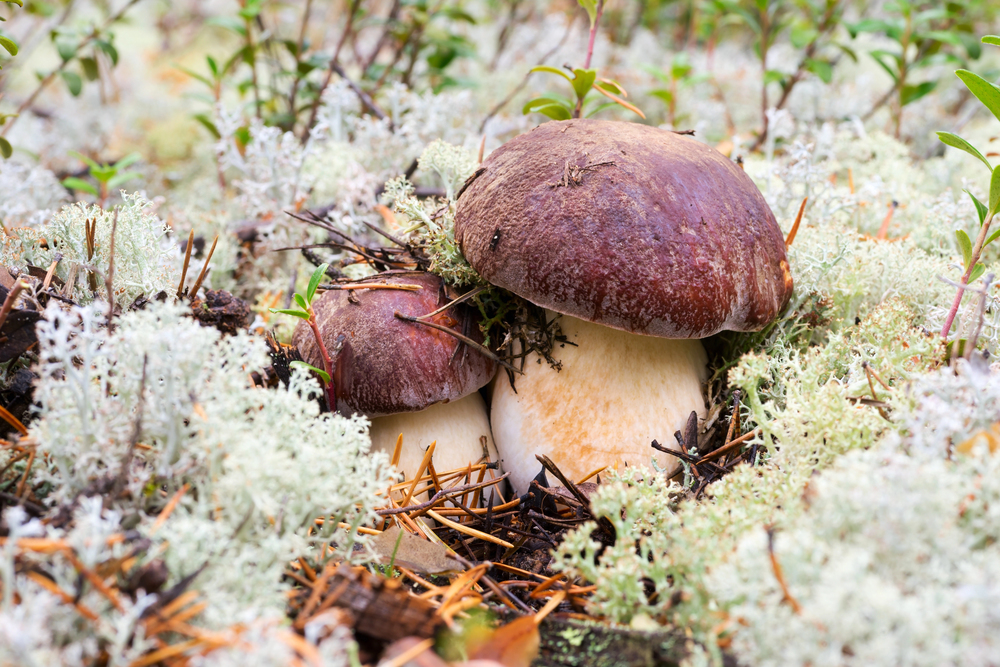Porcini mushroom identification requires careful attention to specific features due to potential lookalikes. Safe foraging depends on understanding their habitat, physical characteristics, and proper harvesting practices.
Key Takeaways
- Porcini mushrooms have dome-shaped caps that can flatten with maturity, ranging from 3-30 cm in diameter and varying in color from light to dark brown.
- Their thick, white stems resemble baseball shapes when young, with diameters of 1-6 inches and heights of 2-12 inches.
- The pore surface is initially white to light yellow and turns softer with maturity; they become pink when bruised.
- Look out for similar species like Bitter Bolete and Satan’s Boletes, which have distinguishing features such as colored pores and stem bruising.
- Harvest carefully using the cutting method and avoid overpicking to protect ecological balance and mycelium health.
Habitat and Distribution
In various ecosystems around the world, porcini mushrooms thrive in specific habitats that favor their growth. These fungi are primarily found in areas dominated by coniferous trees such as pine, spruce, hemlock, and fir, alongside broadleaf species like chestnut, beech, and oak. They flourish in diverse forest environments which include coastal forests, dry oak woodlands, and high-elevation montane mixed forests.
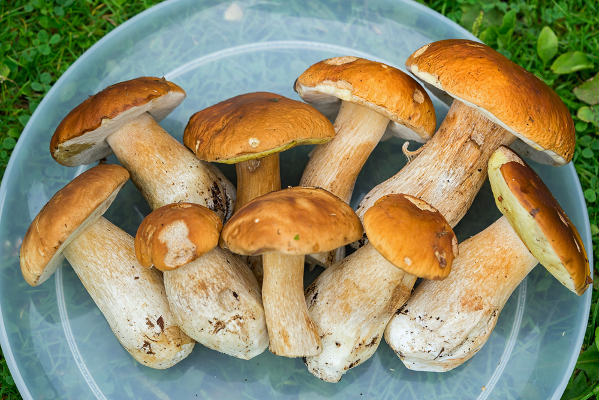
Geographically, porcini mushrooms have a wide distribution in the Northern Hemisphere, spanning regions in Europe, Asia, and North America. They commonly inhabit European terrains from northern Scandinavia to southern Italy and as far west as Morocco. In North America, their presence is notable from the Alaskan Panhandle extending down to Mexico, with significant populations in Northern California and British Columbia. Furthermore, they often form mycorrhizal associations with living trees, which enhances their nutrient intake and growth.
Moreover, they have been introduced to southern Africa, Australia, and Brazil. Specific regional locations include various state parks in Oregon, the Cairngorms National Park in Scotland, and the forests of Nepal’s Sagarmatha National Park. These details highlight the adaptable nature of porcini mushrooms within both temperate and subtropical climates, enhancing their role in local ecosystems.
Physical Characteristics
Porcini mushrooms exhibit distinct physical characteristics that aid in their identification in the wild. The caps are dome-shaped initially, flattening as they mature. Sizes range from 3-30 cm in diameter, with young caps being firm and closed tightly. As they age, caps can become sticky when wet and feature colors from light brown to dark brown, along with occasional red, yellow, or cinnamon tones.
The stems of porcini mushrooms are thick and cylindrical, characterized by a white coloration. Young stems resemble baseball shapes before elongating. They typically exhibit a faint netting pattern and remain unchanged in color when handled. The diameter ranges from 1-6 inches, and they feel firm and heavy for their size. Porcini mushrooms thrive in forests across the Northern Hemisphere, often in association with specific tree types like birch and spruce.
Looking at the pores and flesh, the fungi have tightly packed pores initially firm but becoming softer over time. These pores are usually white to light yellow, occasionally displaying a slight pink shimmer. The flesh maintains a meat-like texture and does not stain when scratched. A mature porcini mushroom’s spore print is brown, and they can weigh up to 2 pounds, standing 2-12 inches tall, with caps reaching widths of nearly a foot.
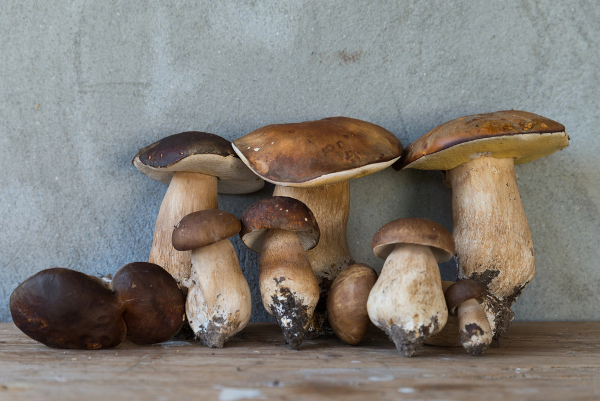
Lookalikes and Identification
Identifying porcini mushrooms in the wild can be challenging due to the presence of various alternatives that share similar physical characteristics. Being aware of these imitations can help foragers differentiate between safe and hazardous fungi. Below are several significant lookalikes to consider when identifying porcini mushrooms:
- Boletus huronensis: Pore surface stains blue when bruised, with a solid yellowish stem.
- Tylopilus felleus (Bitter Bolete): Characterized by its light coral pink pores and brown webbing on the stem, ingestion can cause gastrointestinal distress. Mushroom poisoning is common due to the confusion between edible and toxic varieties.
- Rubroboletus satanas (Satan’s Boletes): Easily recognized by its bright red stems, this mushroom stains blue when bruised and can lead to severe abdominal pain if consumed.
- Aloboletus calopus: Noted for its vibrant red and yellow stem colors and blue-green staining, this mushroom features yellow pores and may resemble the Bitter Beech Bolete.
It is important to study these lookalikes in detail to improve your foraging experience and guarantee safe mushroom identification.
Mushroom Etiquette
Respect for the environment and sustainable practices are vital elements of mushroom foraging. When harvesting mushrooms, employ the cutting method by severing the stems at their base. This technique prevents damage to the mycelium, guaranteeing future growth. Overpicking is detrimental; always leave some mushrooms behind to maintain ecological balance. Focus on selective picking, avoiding very small or overly large specimens, as both play significant roles in the life cycle of mushrooms. Furthermore, porcini mushrooms play a significant role in healthy forest ecosystems, making mindful foraging even more important.
While foraging, tread carefully to minimize damage to surrounding vegetation and soil organisms. Refrain from breaking shrubbery or harming trees in mushroom-rich areas. It is important to handle mushrooms gently, using appropriate tools like a mushroom knife and a basket to protect their quality. After harvesting, clean mushrooms outside with a soft brush and knife to remove dirt and debris without waste.
Safety is paramount; never consume unidentified mushrooms. Wear gloves to protect against potential toxins, and prepare mushrooms thoroughly to guarantee digestive safety. By practicing mindful foraging techniques and prioritizing environmental well-being, foragers can enjoy the bounty of nature while contributing to the sustainability of mushroom habitats.
Location and Timing
Mushroom foragers should focus on specific geographical regions and seasons to successfully locate porcini mushrooms. These fungi thrive in diverse habitats across the Northern Hemisphere, particularly in woodlands and forests rich with favorable tree species.
For effective foraging, consider the following locations and timings:
- Regions: Porcini mushrooms are found in Europe, from northern Scandinavia to southern Italy. They likewise thrive in North America, especially Northern California and British Columbia.
- Forest Types: They commonly grow in coniferous forests with pine and fir trees, deciduous forests dominated by oak, and mixed forests that include birch.
- Timing: The best fruiting season spans from May to October in various regions, particularly August to October. Blue-staining boletes, a common point of caution, may also fruit during this period, indicating potential inedibility.
- Regional Variations: Specific timing can vary based on local climate; for instance, in Oregon, the mushrooms may fruit earlier in the eastern regions than in coastal areas.
Understanding these factors improves the chances of a successful and enjoyable foraging experience, empowering foragers to connect with nature and its bounty.

